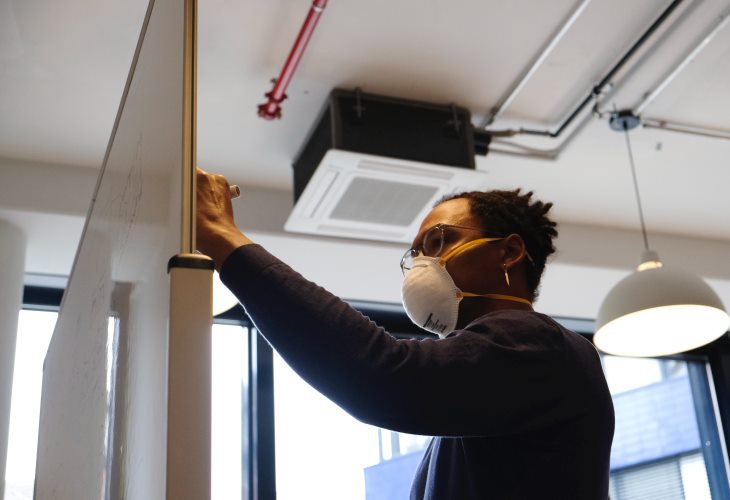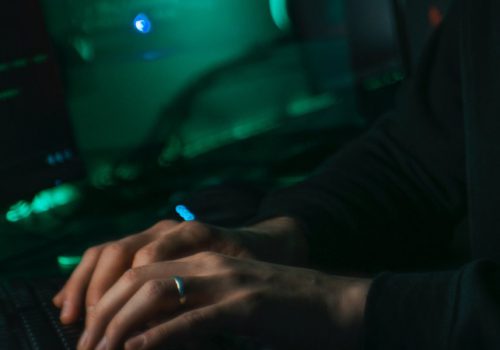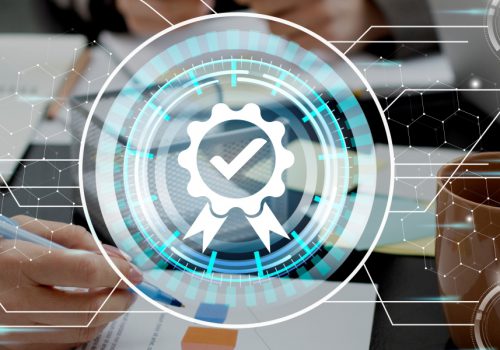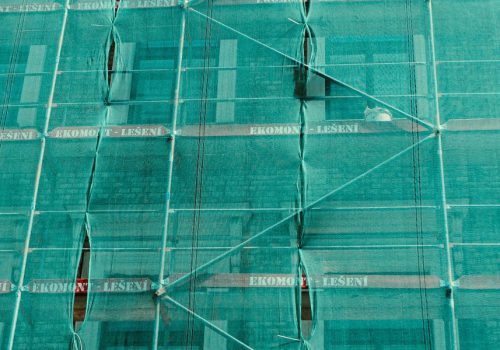Don’t be surprised to find your workplace different from the one you left. As companies from all over the world head back to work, new working patterns, changes in the current work landscape, and overall workplace readiness will become main priorities in order to ensure a safe and efficient transition — with hygiene at the heart of workplace planning.
The unexpected pandemic outbreak caused by coronavirus has certainly changed the way businesses carry out their daily operations. From the quick shift to remote working practice, video conferences and meetings, as well as all virtual operations, many are starting to envision the near future time of returning to the office and slowly adapting to this “new normal.”
Given the uncertainty on the lasting impact of COVID-19, organizations will eventually need to return to normality, namely, their physical working places. Below are some considerations for organizations when designing a return-to-work plan in light of the COVID-19 pandemic.
First of all, a team responsible for developing, implementing, and monitoring a return-to-work plan must be designated. Employees remain the backbone of each organization; hence, utmost care must be taken to ensure that the plan is developed carefully and meticulously.
Preparedness is key. As the health of employees is the one at stake in such situations, organizations must first and foremost prepare the building for the return. This means developing cleaning plans, which involve constant cleaning of offices, desks, and areas frequented by anyone, conducting inspections and checks, updating the cleaning procedures accordingly, etc.
Employees might return to work on a gradual basis, as limiting the number of people in the workplace is crucial to employee safety at this point. This involves taking a decision on the employees that will return first, second, and/or third, depending on the plan and the level of interaction required between groups of people involved. Some employees might also be more vulnerable and at higher risk of contracting COVID-19, others might need to take public transportation to get to work and do not feel safe yet to do so. All these must be taken into consideration prior to developing the plan.

Flexibility should be considered when it comes to staggered work times. This would allow for a reduced possibility of a greater number of employees to enter and leave the building at the same time. This could also include controlling access to buildings, performing health checks, or taking the temperature of potential visitors, customers, or even employees.
Physical distancing is, with what we know so far, the best measure to be taken in order to reduce COVID-19 transmission. That said, organizations need to consider seating arrangements across different parts of office spaces as well as redesigning these spaces entirely.
Separating employees in offices might also be an option to consider, as the lower the number of people occupying a shared space reduces the chances for contact and therefore virus transmission.
Placing marks on the floor to designate the direction of foot traffic will also help maintain the two-meter distance as recommended by health institutions. Furthermore, if possible, there should be a limit on in-person meetings, which include a lower number of people attending such meetings with distance measures being followed.
Another measure to be taken is providing hand sanitizer, wipes, and personal protective equipment (PPE) where appropriate and available. Focusing on sanitizing, cleaning, and disinfecting common touchpoints (e.g., door handles, elevator buttons, coffee machines) is also important. Keeping disinfectants on or near desks and adopting a culture of keeping things clean are highly recommended practices too.
Plans might need to be customized as the situation evolves, as well as the level employees follow the set rules, or any unpredictable situation that might arise. The final and the most important step, is to communicate all of the above to employees in a way that makes them aware of the situation and environment they are headed back into.
There is no pandemic-proof office environment; however, with modifications to current physical working environments and following of the measures will minimize the chances of virus transmission, thus protect the health, safety, and well-being of each employee. It is essential to make the comeback easy and comfortable. After all, the sense of connection is fundamental to the human race.









